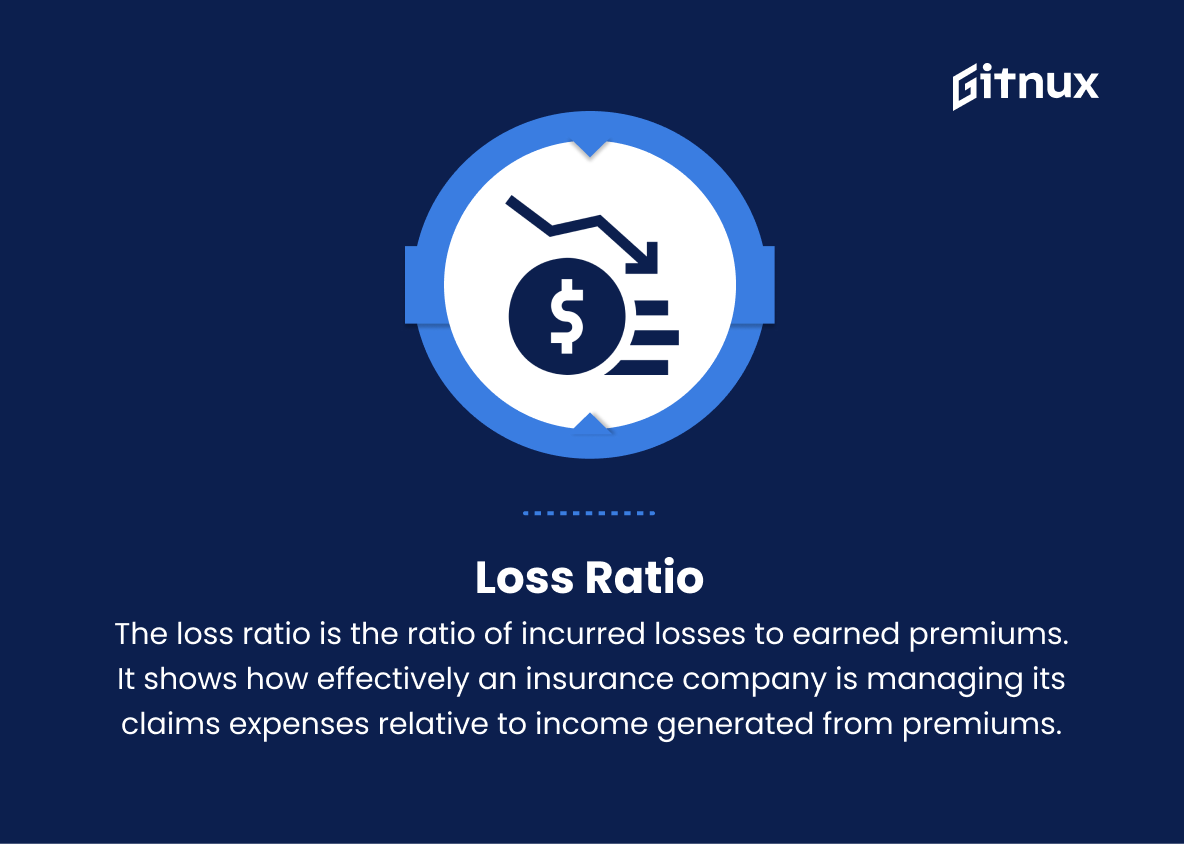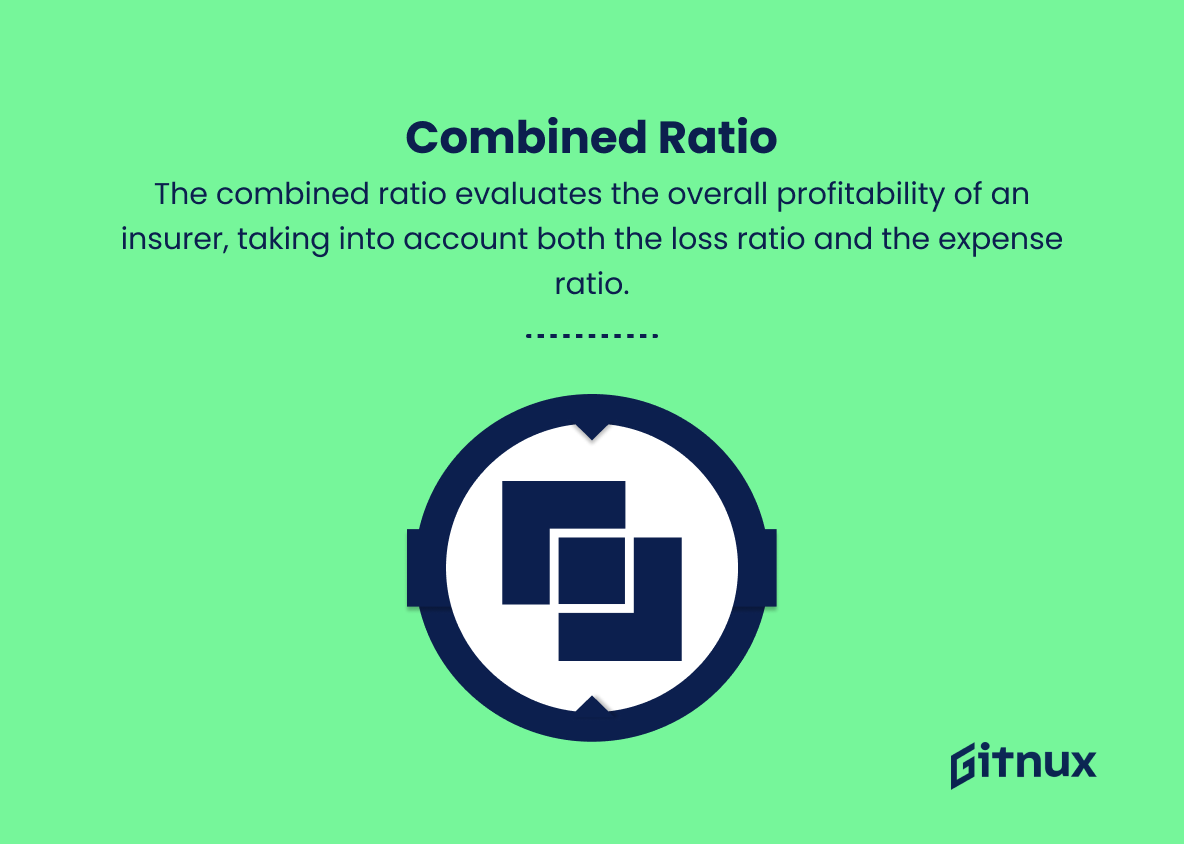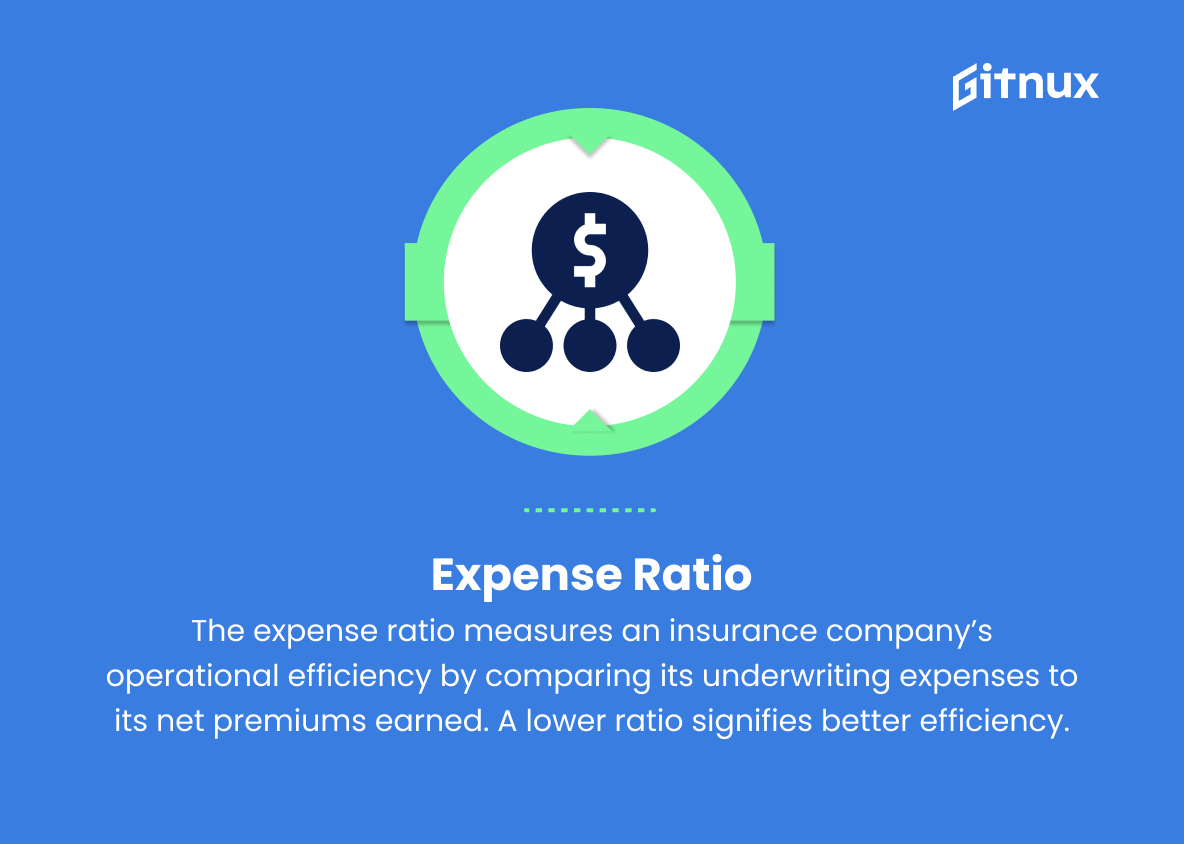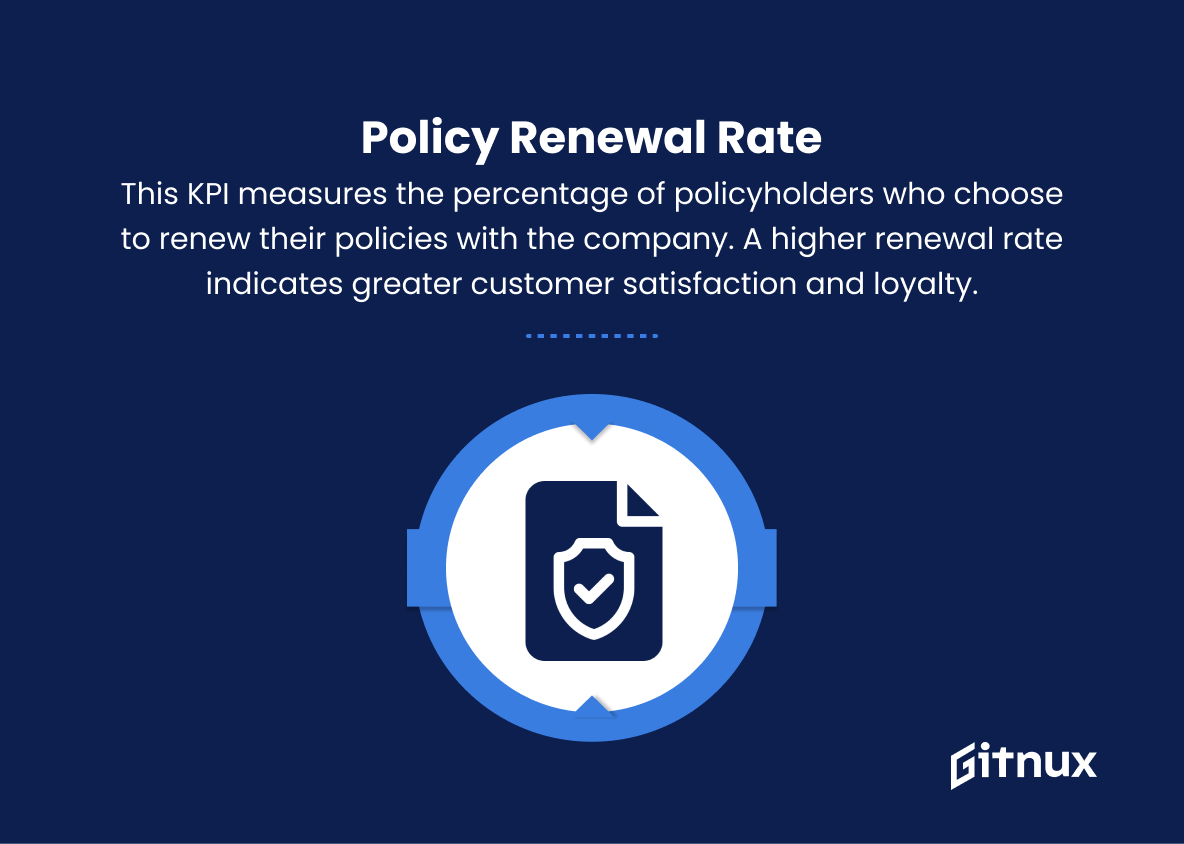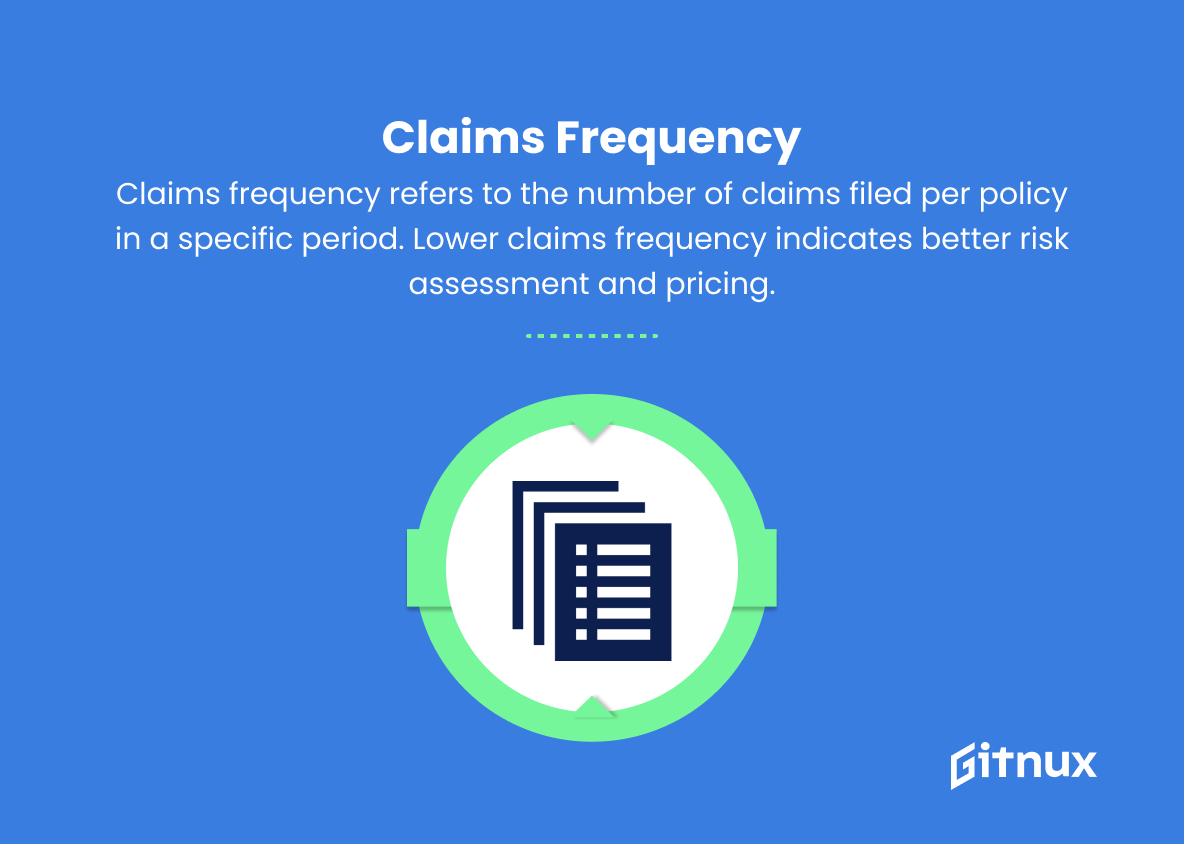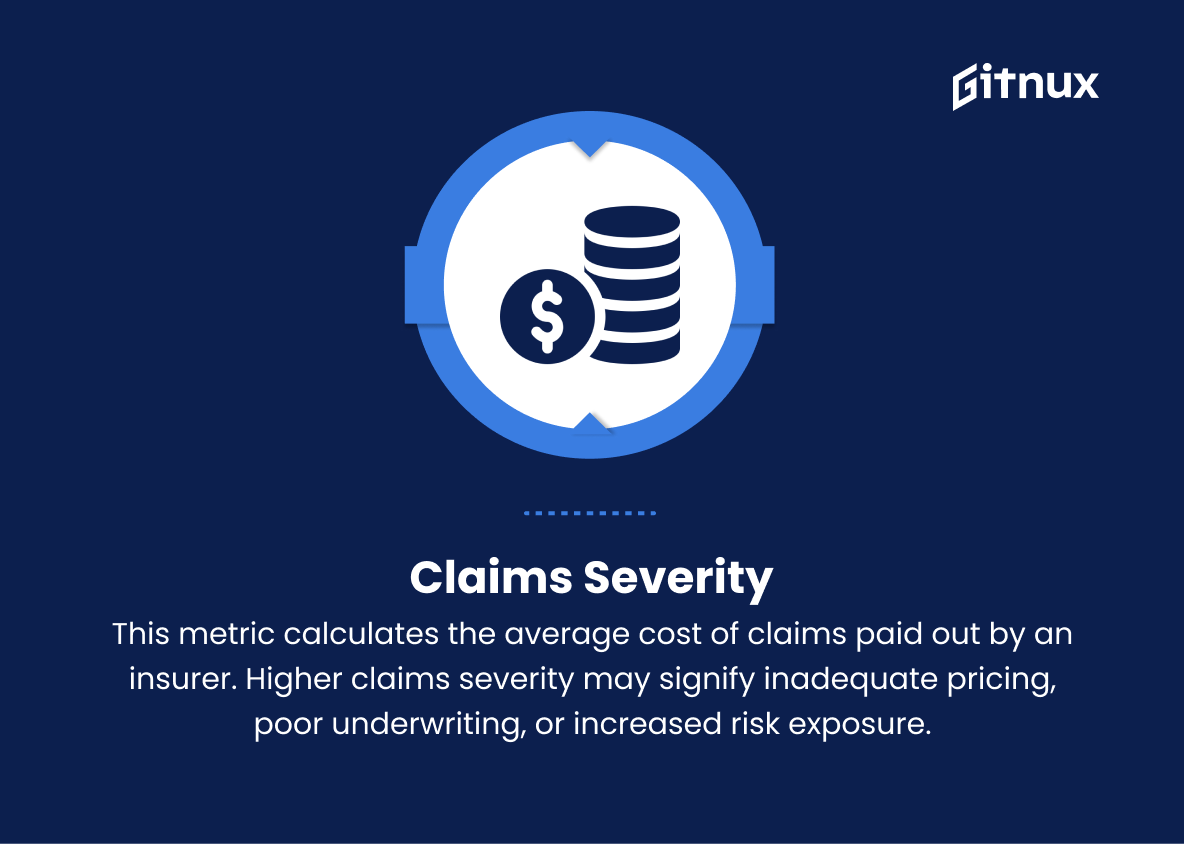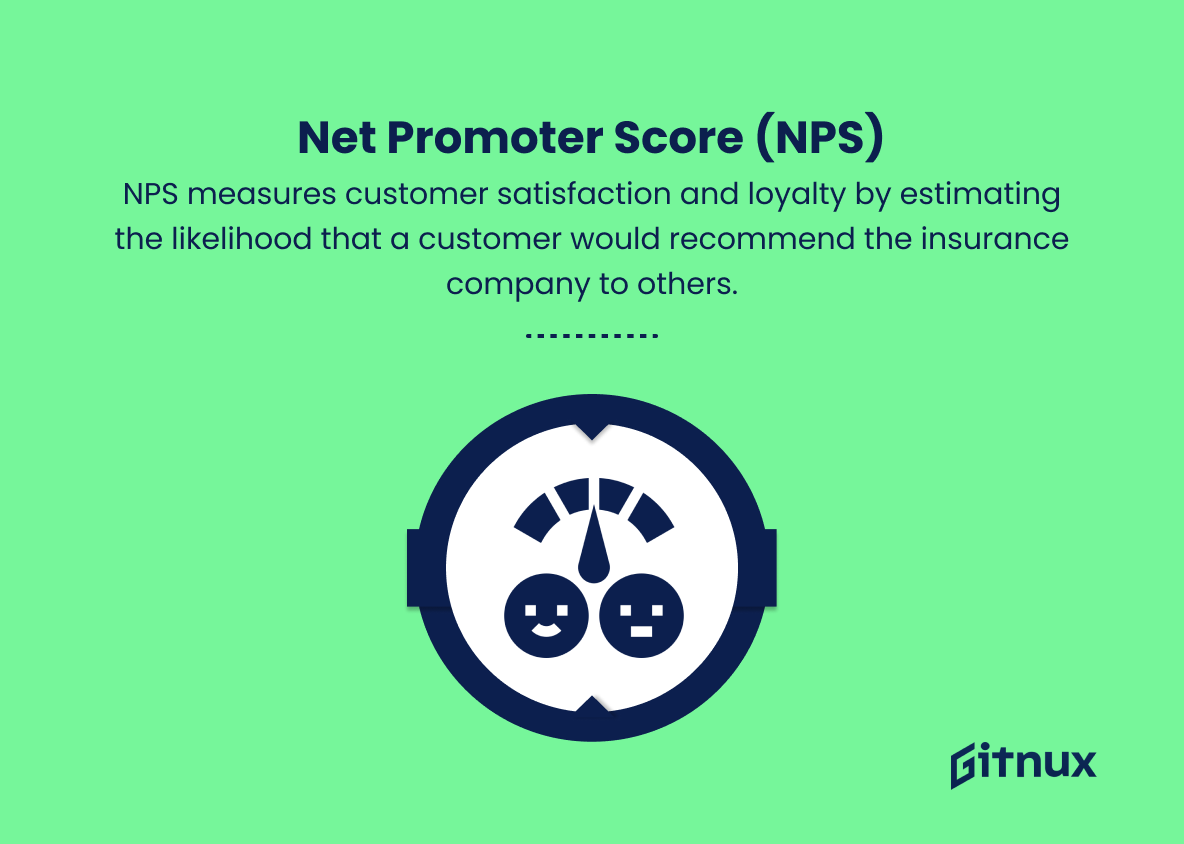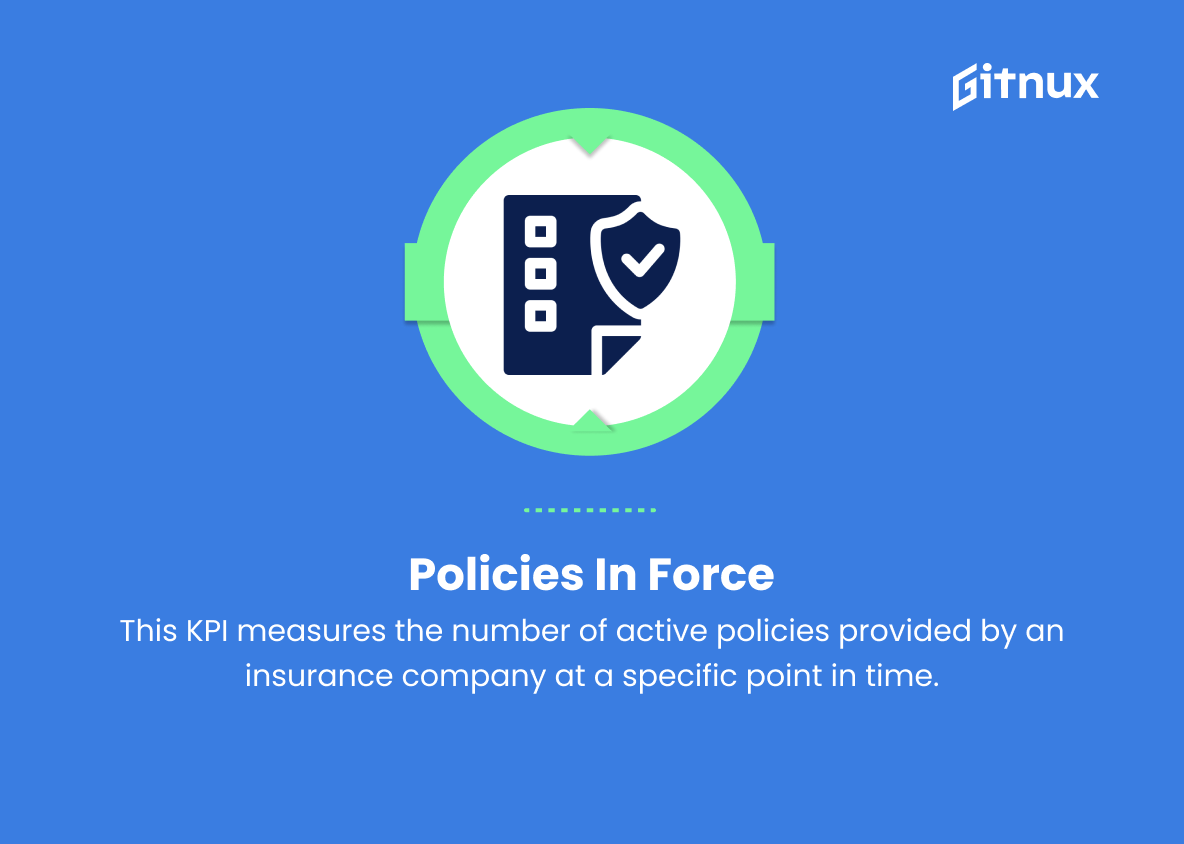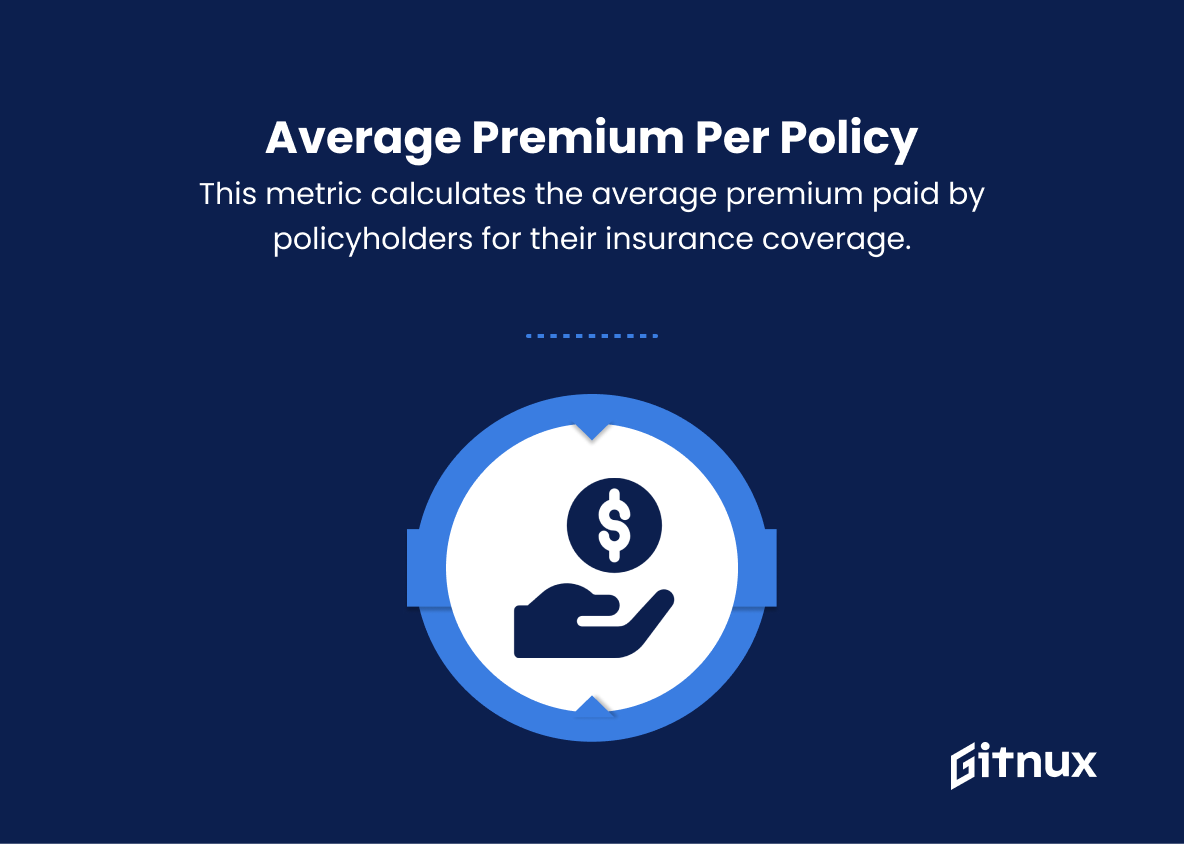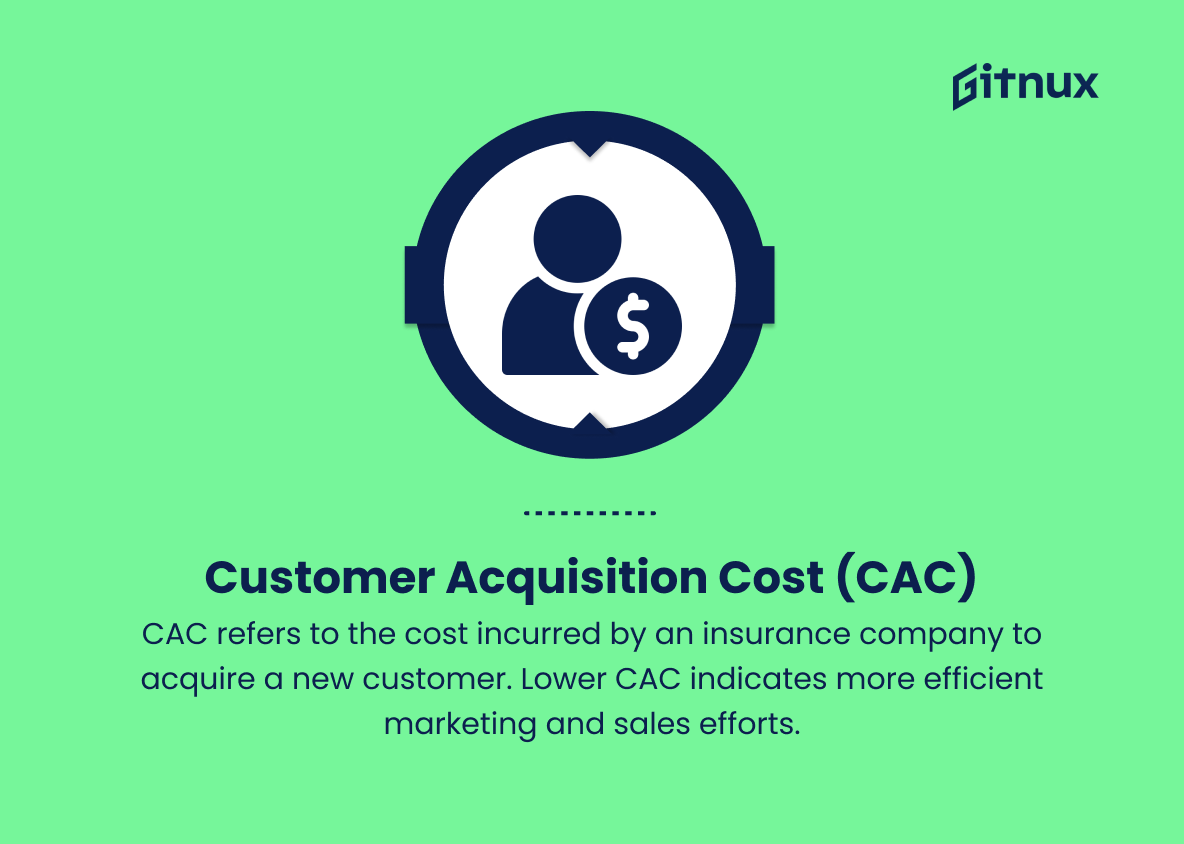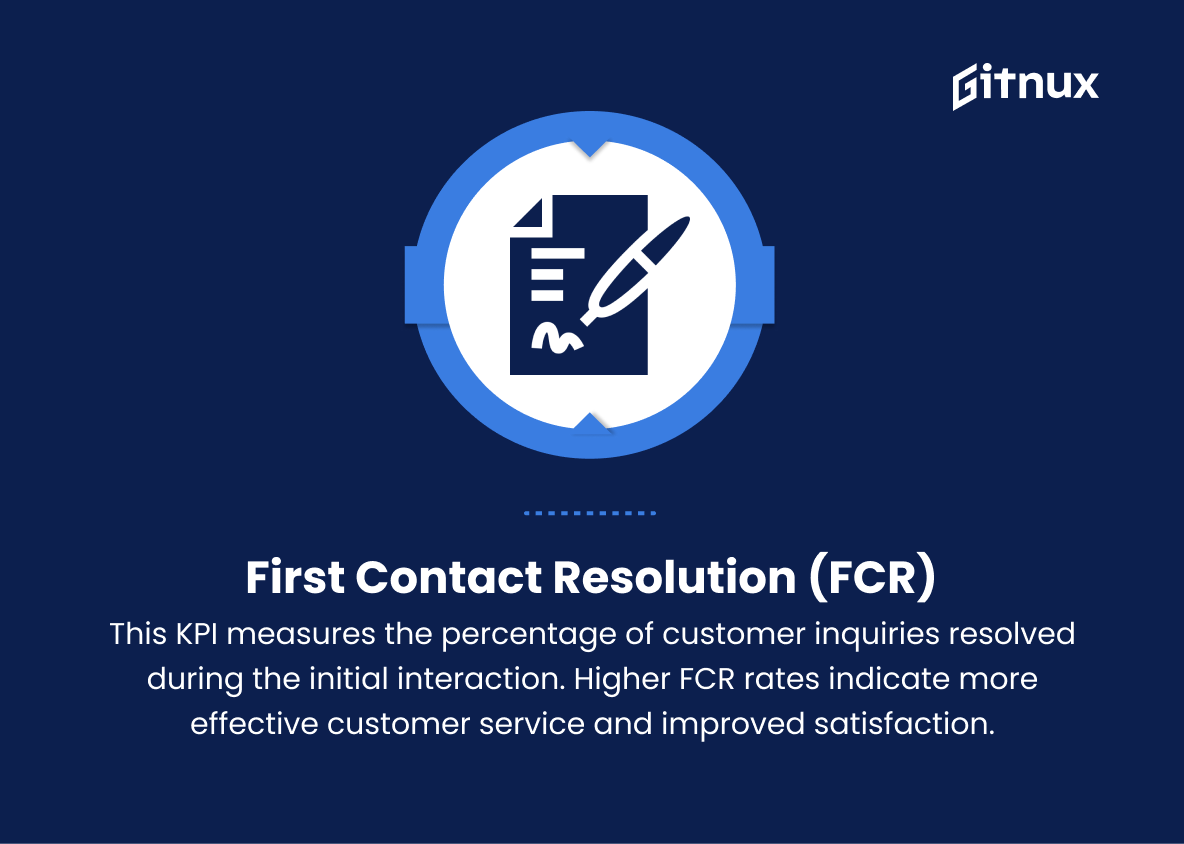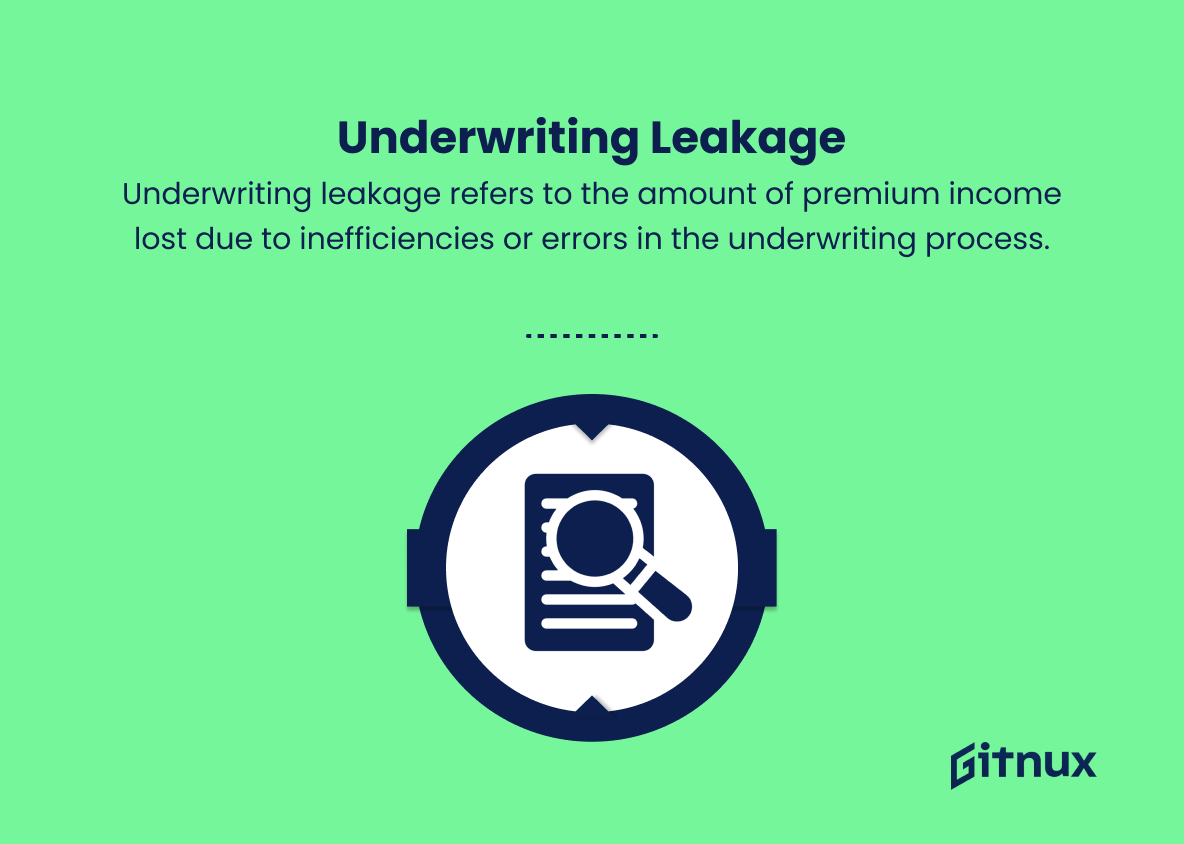In today’s rapidly evolving insurance landscape, staying ahead of the competition and streamlining business operations are critical to continued growth and success. One effective way to achieve this is through the careful tracking and analysis of key performance indicators (KPIs). In this comprehensive blog post, we will delve into the world of insurance KPIs and highlight their importance in assessing an organization’s performance, identifying areas for improvement, and driving strategic decision-making.
By understanding and implementing the right KPIs, insurance professionals can strengthen their competitive advantage, improve customer satisfaction, and optimize financial results. Join us as we navigate the ins and outs of insurance KPIs and discover the potential they hold for unlocking your organization’s full potential.
Insurance KPIs You Should Know
1. Loss ratio
The loss ratio is the ratio of incurred losses to earned premiums. It shows how effectively an insurance company is managing its claims expenses relative to income generated from premiums.
2. Combined ratio
The combined ratio evaluates the overall profitability of an insurer, taking into account both the loss ratio and the expense ratio. A combined ratio below 100% indicates profitability, while a ratio above 100% signifies a loss.
3. Expense ratio
The expense ratio measures an insurance company’s operational efficiency by comparing its underwriting expenses to its net premiums earned. A lower ratio signifies better efficiency.
In today’s rapidly evolving insurance landscape, staying ahead of the competition and streamlining business operations is crucial for continuous growth and success.4. Policy renewal rate
This KPI measures the percentage of policyholders who choose to renew their policies with the company. A higher renewal rate indicates greater customer satisfaction and loyalty.
5. Claim settlement time
This metric measures the average time taken to settle a claim. Faster claim settlement times contribute to higher customer satisfaction and positive brand reputation.
6. Claims frequency
Claims frequency refers to the number of claims filed per policy in a specific period. Lower claims frequency indicates better risk assessment and pricing.
7. Claims severity
This metric calculates the average cost of claims paid out by an insurer. Higher claims severity may signify inadequate pricing, poor underwriting, or increased risk exposure.
8. Net promoter score (NPS)
NPS measures customer satisfaction and loyalty by estimating the likelihood that a customer would recommend the insurance company to others. A higher NPS signifies better customer satisfaction and potential growth in market share.
9. Policies in force
This KPI measures the number of active policies provided by an insurance company at a specific point in time. Growing policies in force generally indicate the company’s ability to attract and retain customers.
10. Average premium per policy
This metric calculates the average premium paid by policyholders for their insurance coverage. Companies should balance their pricing strategy to be competitive while ensuring adequate coverage and profitability.
Insurance KPIs play a crucial role in assessing the financial health, operational efficiency, customer satisfaction, and growth potential of insurance companies.11. Customer acquisition cost (CAC)
CAC refers to the cost incurred by an insurance company to acquire a new customer. Lower CAC indicates more efficient marketing and sales efforts.
12. Customer lifetime value (CLV)
CLV estimates the total value of a customer’s relationship with the insurance company over their lifetime. A higher CLV indicates a better ability to maintain long-term and profitable customer relationships.
13. First contact resolution (FCR)
This KPI measures the percentage of customer inquiries resolved during the initial interaction. Higher FCR rates indicate more effective customer service and improved satisfaction.
14. Underwriting leakage
Underwriting leakage refers to the amount of premium income lost due to inefficiencies or errors in the underwriting process. Minimizing leakage contributes to better risk management and overall profitability.
Insurance KPIs Explained
Insurance KPIs play a crucial role in assessing the financial health, operational efficiency, customer satisfaction, and growth potential of insurance companies. Metrics such as the loss ratio, combined ratio, and expense ratio provide insights into the organization’s effectiveness in managing claims expenses and operational costs relative to premium incomes. Addititionally, policy renewal rate, claim settlement time, claims frequency and severity serve to evaluate risk management and underwriting capabilities, as well as overall customer experience.
Net promoter score, policies in force, and average premium per policy are also vital indicators of customer satisfaction, market competitiveness, and potential expansion. Measuring customer acquisition cost, customer lifetime value, first contact resolution, and underwriting leakage helps ensure that insurance companies maintain cost-effective marketing, establish long-lasting customer relationships, provide robust customer service, and optimize underwriting processes for maximum profitability. Thus, these KPIs collectively contribute to informed decision-making and the strategic planning and management of insurance companies.
Conclusion
In summary, understanding and consistently tracking Insurance KPIs is crucial to the overall success and growth of an insurance company. Monitoring these essential metrics allows businesses to identify areas of improvement, optimize profitability, enhance customer satisfaction, and ensure long-term sustainability.
As the insurance landscape becomes more competitive and technologically driven, companies must be prepared to adapt their strategies and operations based on data-driven insights derived from these KPIs. By doing so, insurance providers will be able to make informed decisions and ultimately thrive in the ever-evolving industry.
